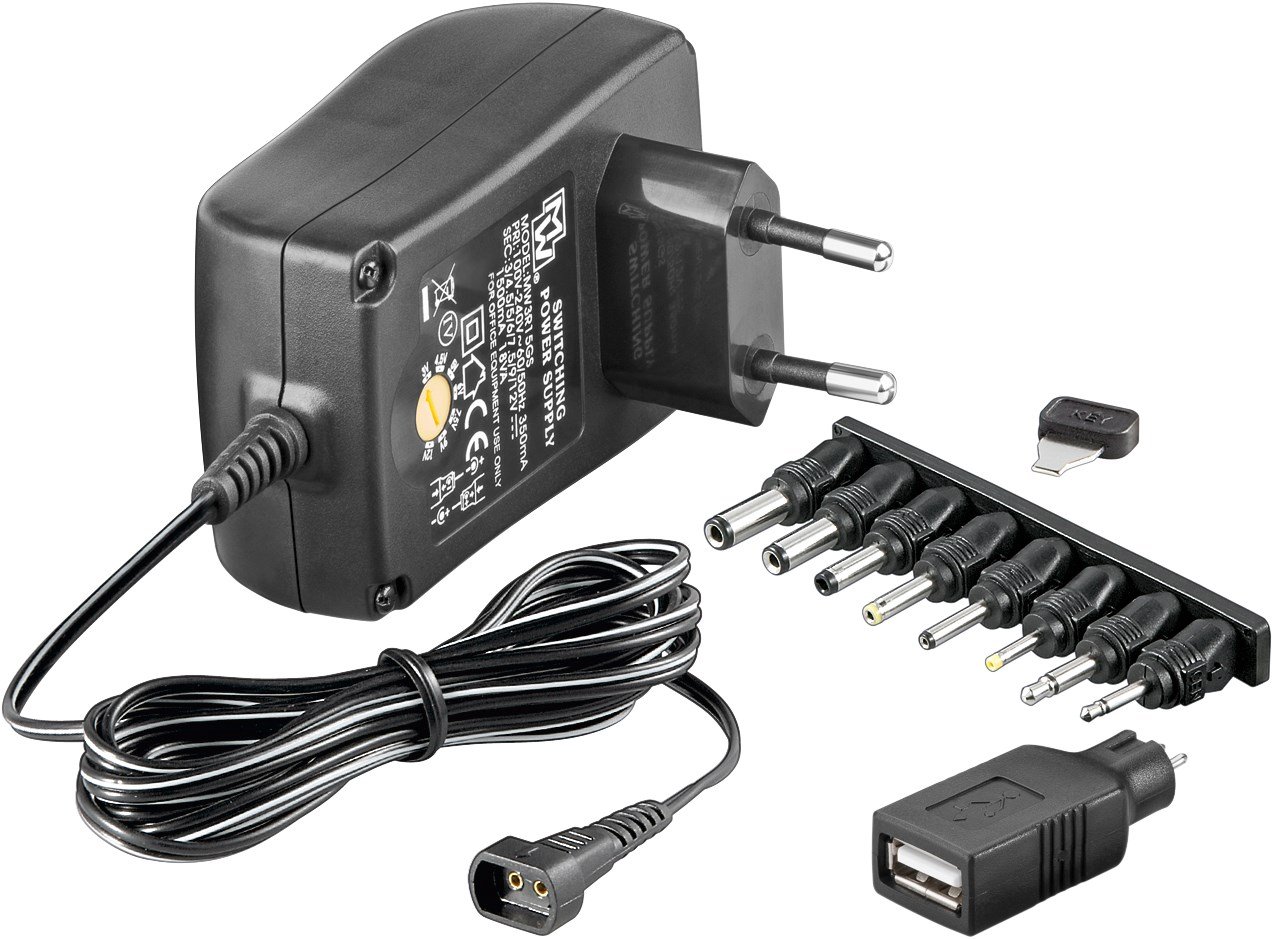This may not be the proper place for this post but I have a question for the folks I've seen on here in the past that make CraftbeerPi boards. Do any of you do one off/ custom boards? I have a fairly simple, at least in my mind, board I've been trying to put together in order to use a ULN2803 or ULN2804 between my Pi and SSR's, etc, depending on the power supply I chose. Normally I'd do it myself put I had a minor stroke a while ago and, while it's just a slight inconvenience for most day to day things, my fine motor skills don't cut it any more. I've tried several times to put this thing together but I always end up with solder bridges. This is the circuit I'm trying to put together. Please excuse the crude drawing. I downloaded one of those circuit design programs so I could better show my intentions but in spite of those people who say you "can" actually teach an old dog new tricks I'm sadly not a dog.
View attachment 574884 I'm not looking for a fancy silk screened board. It doesn't have to be pretty, only functional. A DIN socket on a perf board with the screw terminals and possibly, if it doesn't increase the cost too much, an LED on each "IN" from the Pi to know it's working. I honestly have no idea what something like this would cost and being an old retired guy this is a concern but if someone can do this I'd pay whatever they think their knowledge, time and materials are worth.








